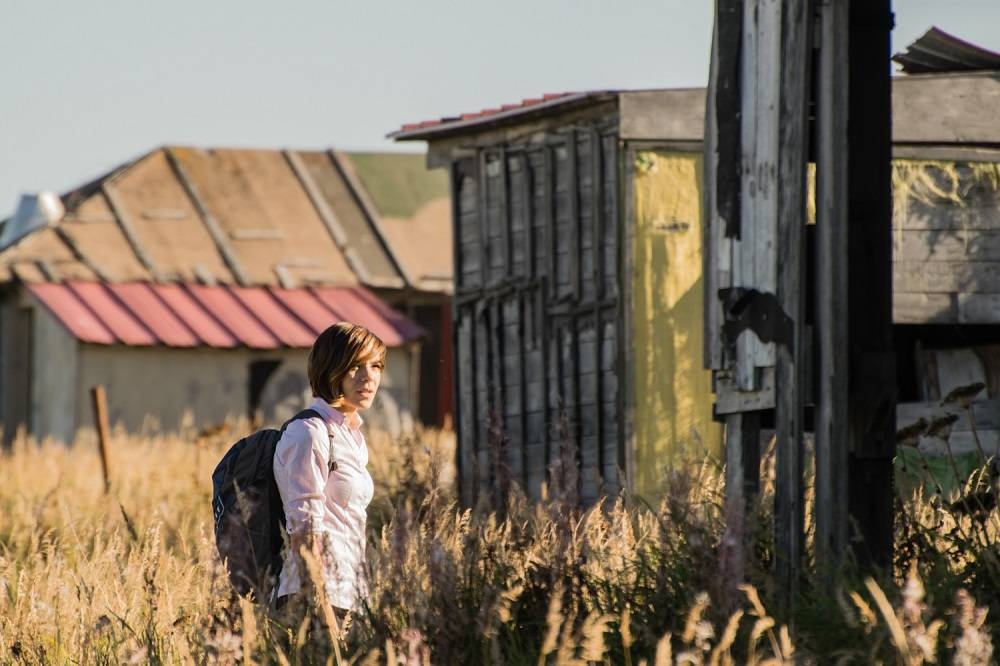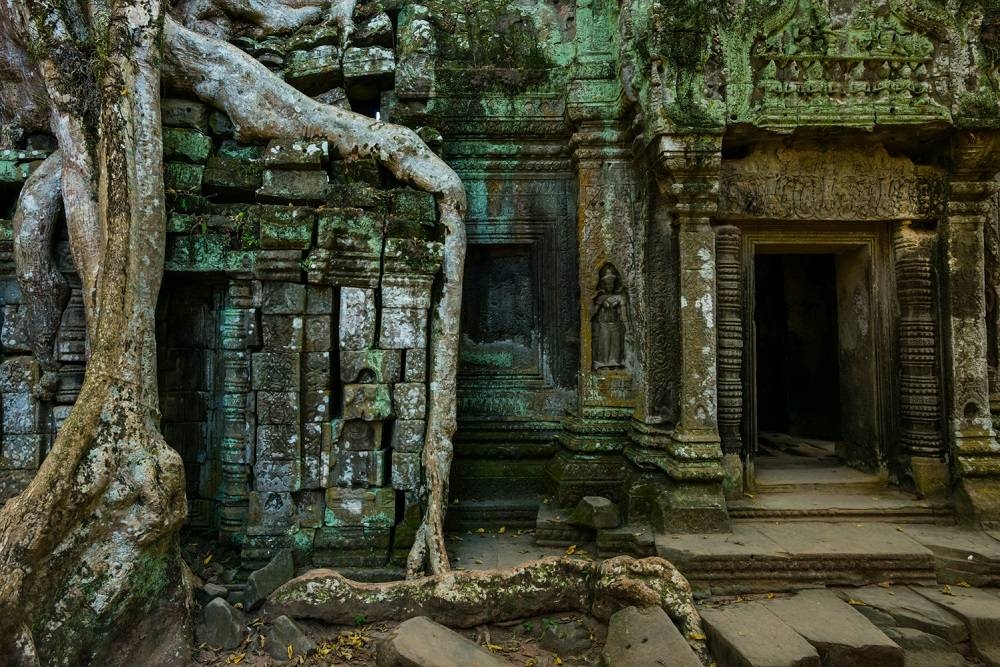SIEM REAP, Dec 30 ― Not many people will answer “historical sites” when asked to name areas that will be affected by climate change but the fact remains that historical and cultural sites all over the world are indeed at risk.
That is why financial services provider Manulife partnered with the National Geographic Society to deliver on an ambitious global project to safeguard 10 historical and culturally significant heritage sites against the impact of climate change.
Titled “Preserving Legacies: A Future for Our Past”, the project will draw upon science and local knowledge to find sustainable and culturally sound solutions to ensure long-term preservation of these sites.
Spearheaded by National Geographic explorer and climate researcher Victoria Herrmann, the project hopes to empower every community with the scientific tools and climate literacy to protect their sites.
“(The goal is) that every community feels empowered to make a difference in their hometowns, in their cultural sites, and we are doing this by bringing together community champions and site custodians to the experts on the ground with scientific knowledge of climate models.
“Bringing both local expertise and global expertise together to really see into the future, and what places like Angkor (Archaeological Park) might look like in 2072 — 50 years from now or in 2100, so that we can make better choices today to adapt sites to those future climate impacts,” she told Malay Mail in an interview at the Angkor Archaeological Park in Siem Reap, Cambodia where the project officially launched.
When asked about the specific threats that the Angkor Archaeological Park is facing, Herrmann responded that finding out the answer to the question is the “real goal of the project.”
“Each site knows what they see. They (local community) see changing floods right here in Cambodia, they saw more extreme flooding this last August,” she said, adding that there have been reports of extreme flooding and a risk of land subsidence due to reduced groundwater levels.
The local community at each site has witnessed change, but cannot yet pinpoint the cause and solutions to the threats.
This is where scientific knowledge comes into play.

Merging science and community knowledge
In a nutshell, the project will lean on four core pillars — science, training, planning and storytelling — to guide each phase of the project.
Speaking of the science pillar, Herrmann said that while global climate models help predict what the world might look like with warmer temperature change, it is often too vague for individual communities to turn it into local action.
“Because the data is too big, it tells a global story instead of a local story scientifically. So we are working to downscale the global climate model to specific sites.
“We do that by taking those global models and combining them (...) with the more local weather data from a country like Malaysia for a specific province in Canada. So we're combining local data with global projections to create a better view of what climate threats will look like for a very specific site.
“And in order to make that accessible — because that is awesome scientific knowledge but it doesn't really matter if you can't understand it as a community leader or site custodian — we have our second big bucket, which is training the site custodians and local leaders in climate literacy.
“Once they have downscaled the models and understood them, they can take them back and tell their community stakeholders what the place will look like 50 years from now,” the researcher explained.
The training doesn't stop there, but instead extends to training site custodians on climate vulnerability assessments, to pinpoint what threats their site might be facing.
After that comes the “planning” pillar where each site and its custodians create climate adaptation plans that the community deems appropriate and the “storytelling” pillar which focuses on sharing the story and inspiring others.
“We are really (just) the facilitators for the communities, (the local communities will use) their own expertise and lived experience to create their own plans,” Herrmann said, emphasising that the project will be community-led and owned to ensure that there are no overstepping of cultural boundaries and knowledge.
In terms of project timelines, Herrmann said that it would highly depend on the site custodian’s findings after going through the training.
“Every community has its own resources, so it’s an understanding of how quickly resources can be mobilised, different timescales for different sites, and also a different connection to time.
“Some communities may choose to have a 100-year plan with immediate action in five years because a community's view of their heritage site lasts far beyond what a strategic plan might look like, something that is beyond a generation,” she said.
She added that what the National Geographic Society and Manulife are providing are the tools they need in terms of connections, funding, and science.

Lessons from the past
For Herrmann, these historical sites are a window to the shared inheritance of the human species, and the learning of what each generation has passed on.
In the face of climate change, she said it is especially crucial that we learn from our past and find out how previous generations have adapted to their own challenges.
“We have an awe inspiring history at every site that tells us how communities and societies were resilient in the face of shock events. When there was a volcanic eruption, when there was an extreme drought, when there was a radical temperature change, how did societies change? How did they live? How did they adapt?
“We often see these sites as kind of 'once removed' from who we are, that ‘I can't possibly have the same lived experience as someone who was alive a thousand years ago.’ But that's not really true, right?
“We are all connected, because we all call planet Earth our home, and having that shared home means that we have had shared environments and shared environmental change,” she said.
Tackling unprecedented climate change can be made easier if we learn from the past, but it is crucial to begin the work now.
“We know that we are already living in a climate change world. And even if we get to net zero (emissions) tomorrow, we will continue to warm our planet for many decades to come,” Herrmann said.
“We need to adapt. It is no longer an option.”
Aside from the Angkor Archeological Park in Cambodia, the other nine sites chosen for the project are the Banaue rice terraces of the Philippine Cordilleras, the Border Fields on the United States-Mexico border, and the historical mosque city of Bagerhat in Bangladesh.
Also chosen is the Nan Madol in Micronesia, Levuka in Fiji, Koutammakou, the Land of the Batammariba in Togo and Benin, Skellig Michael in Ireland, and the Port, Fortress, and Group of Monuments at Cartagena, Colombia.






















